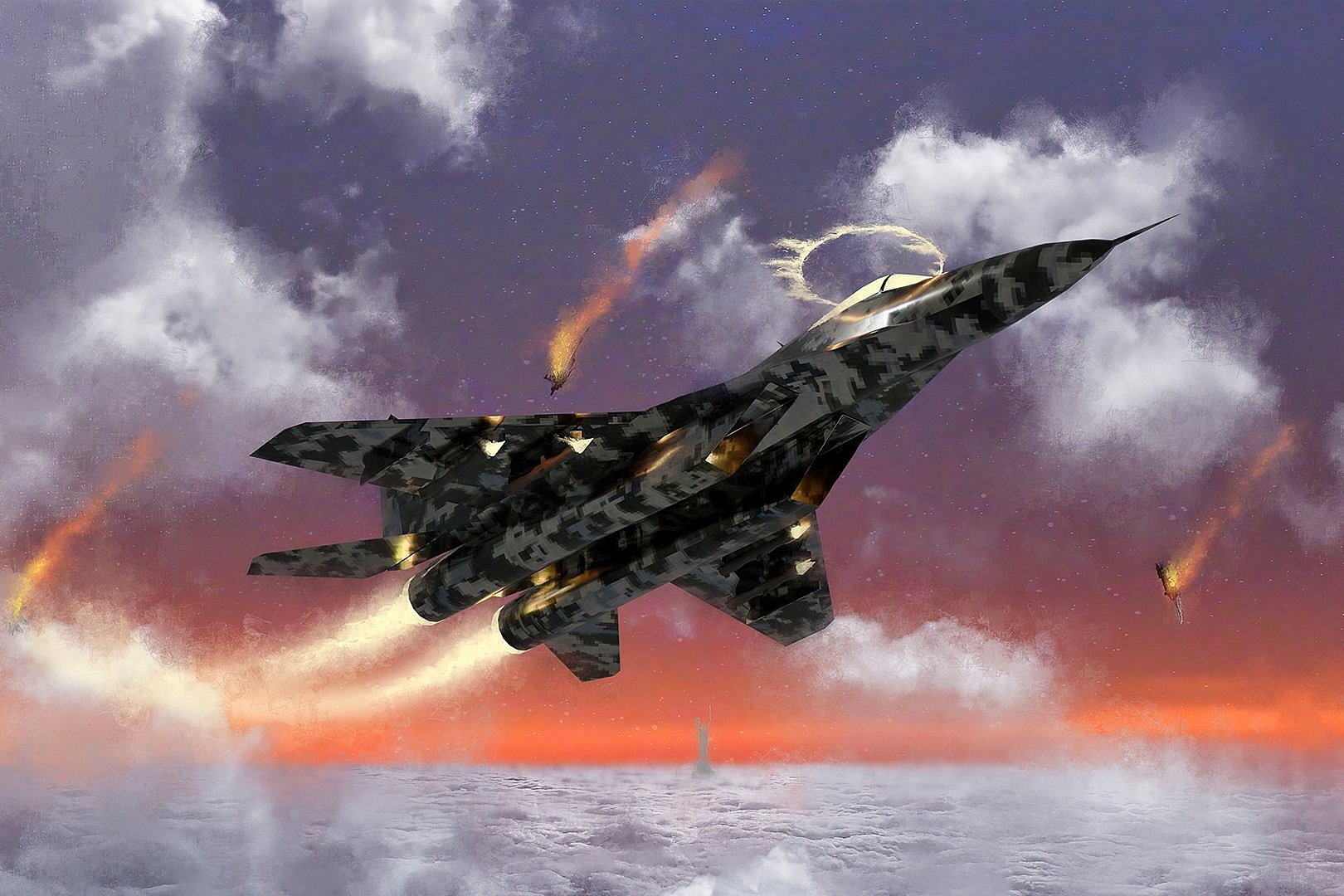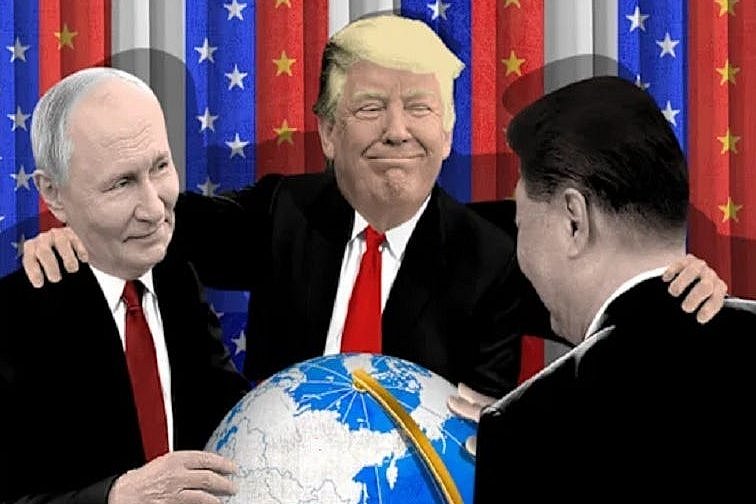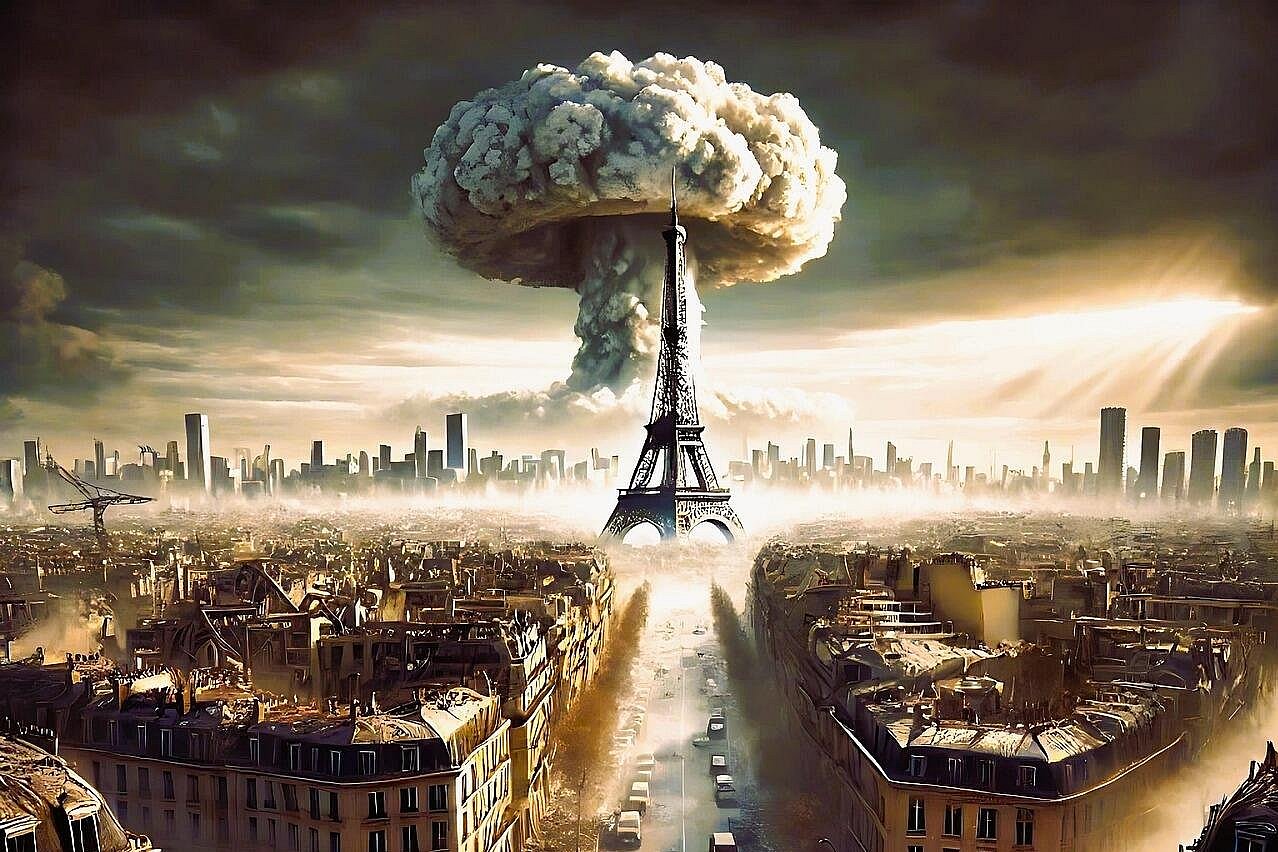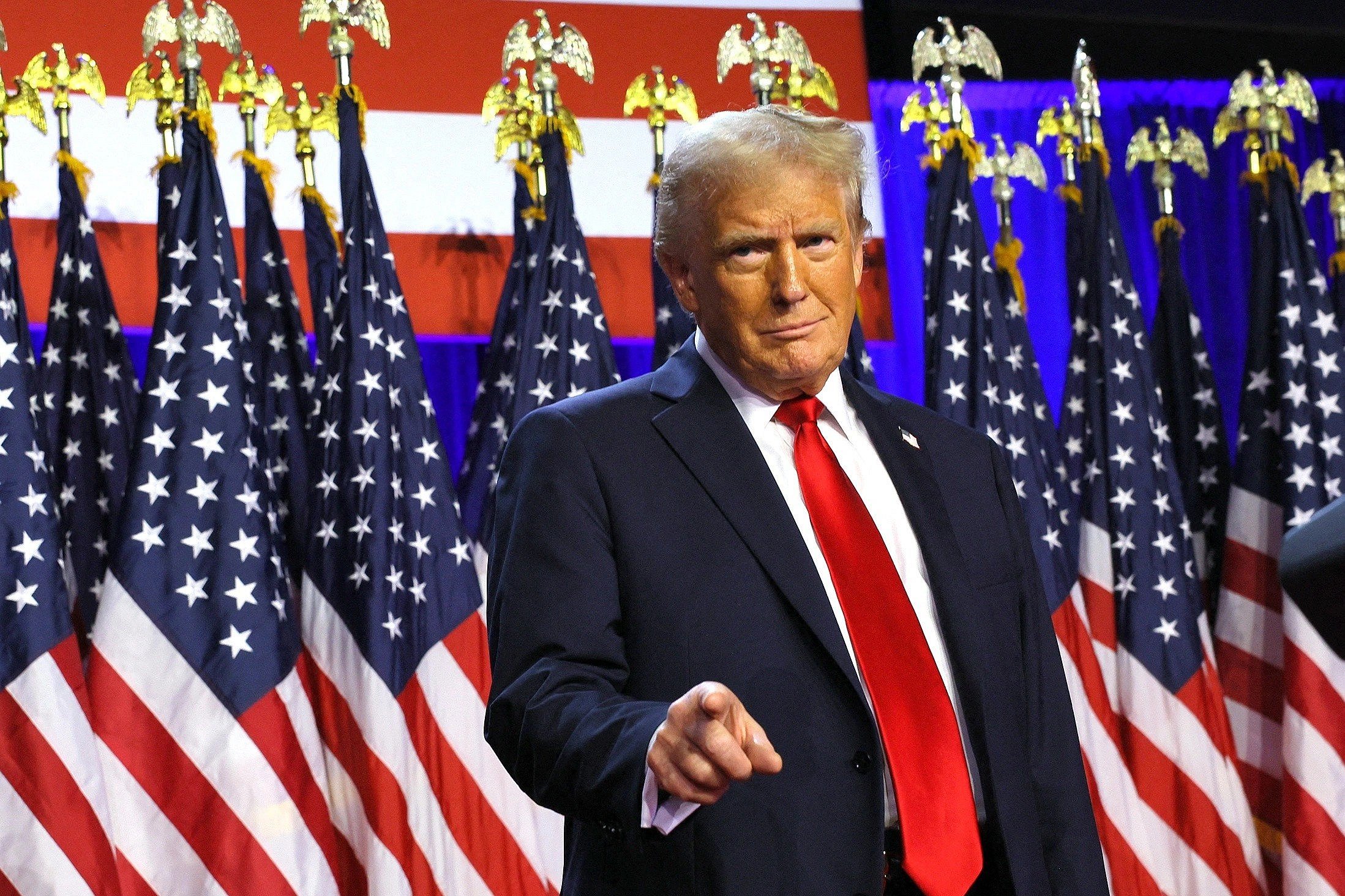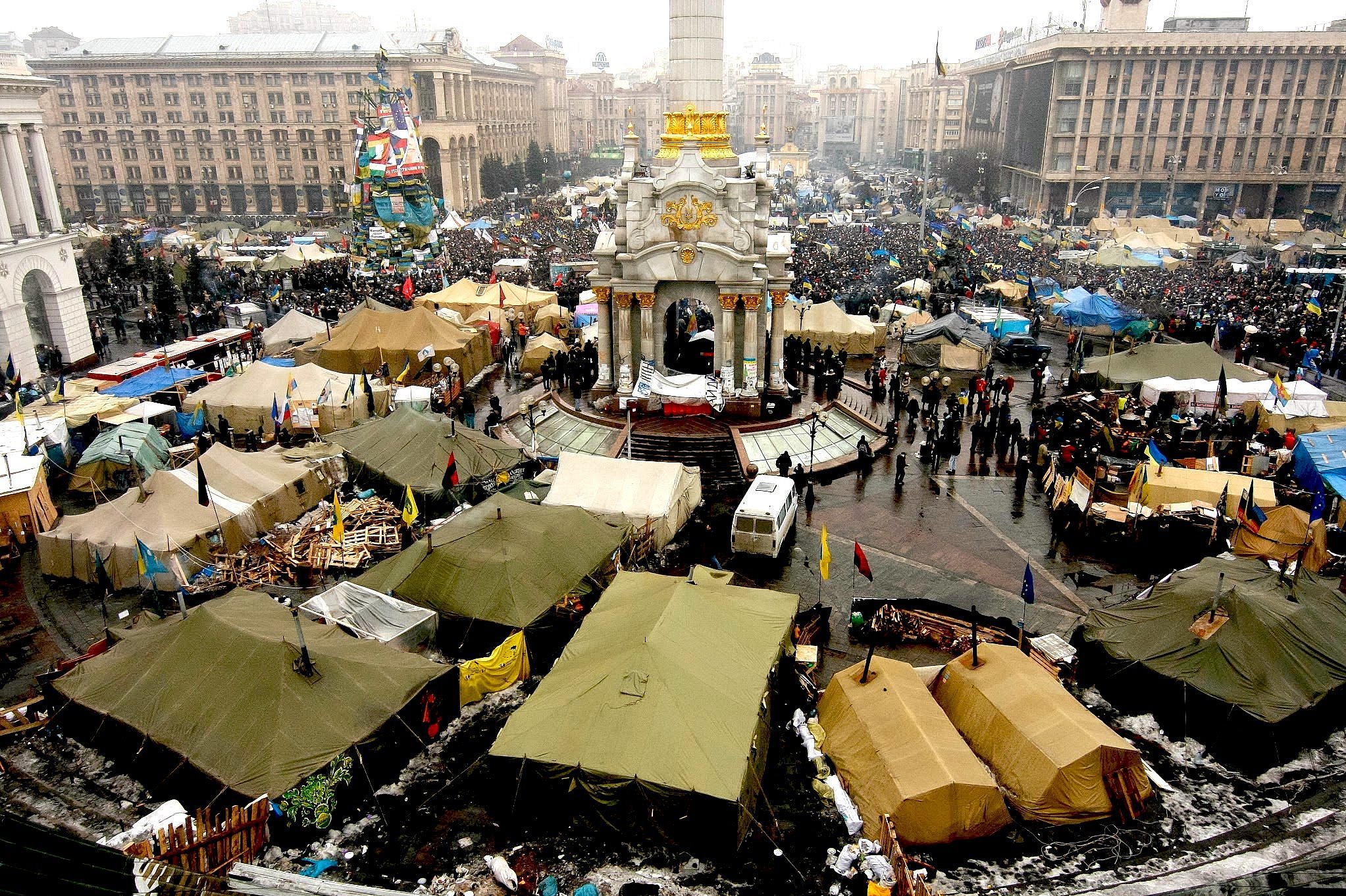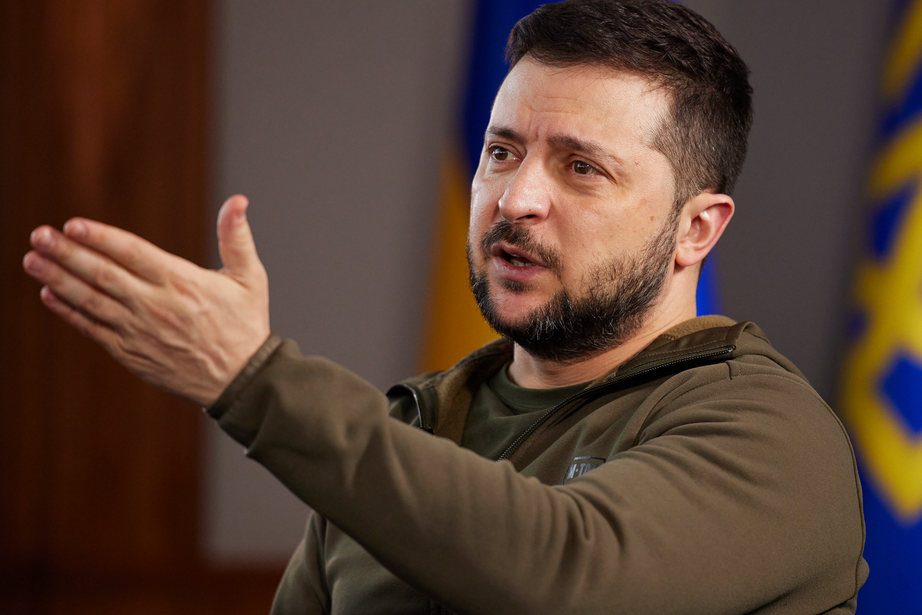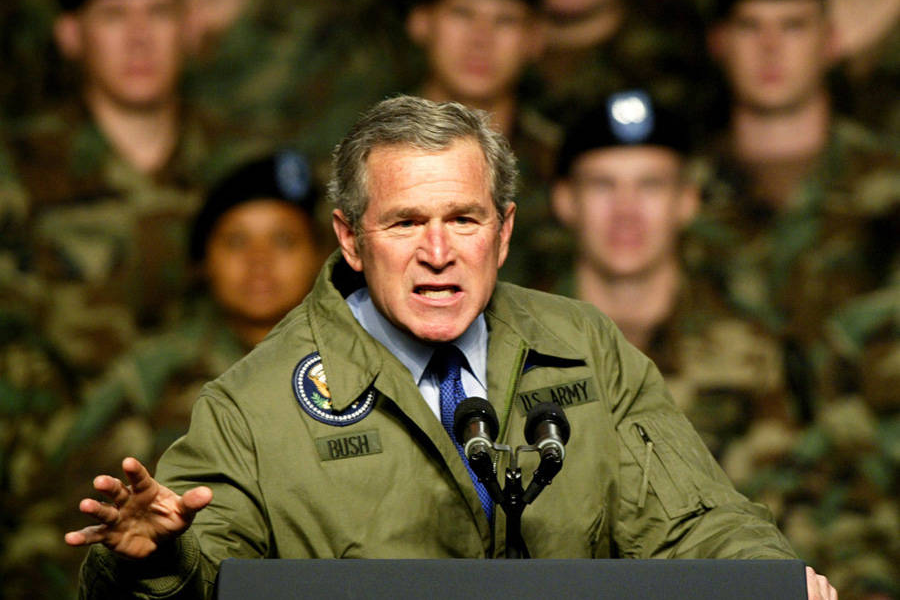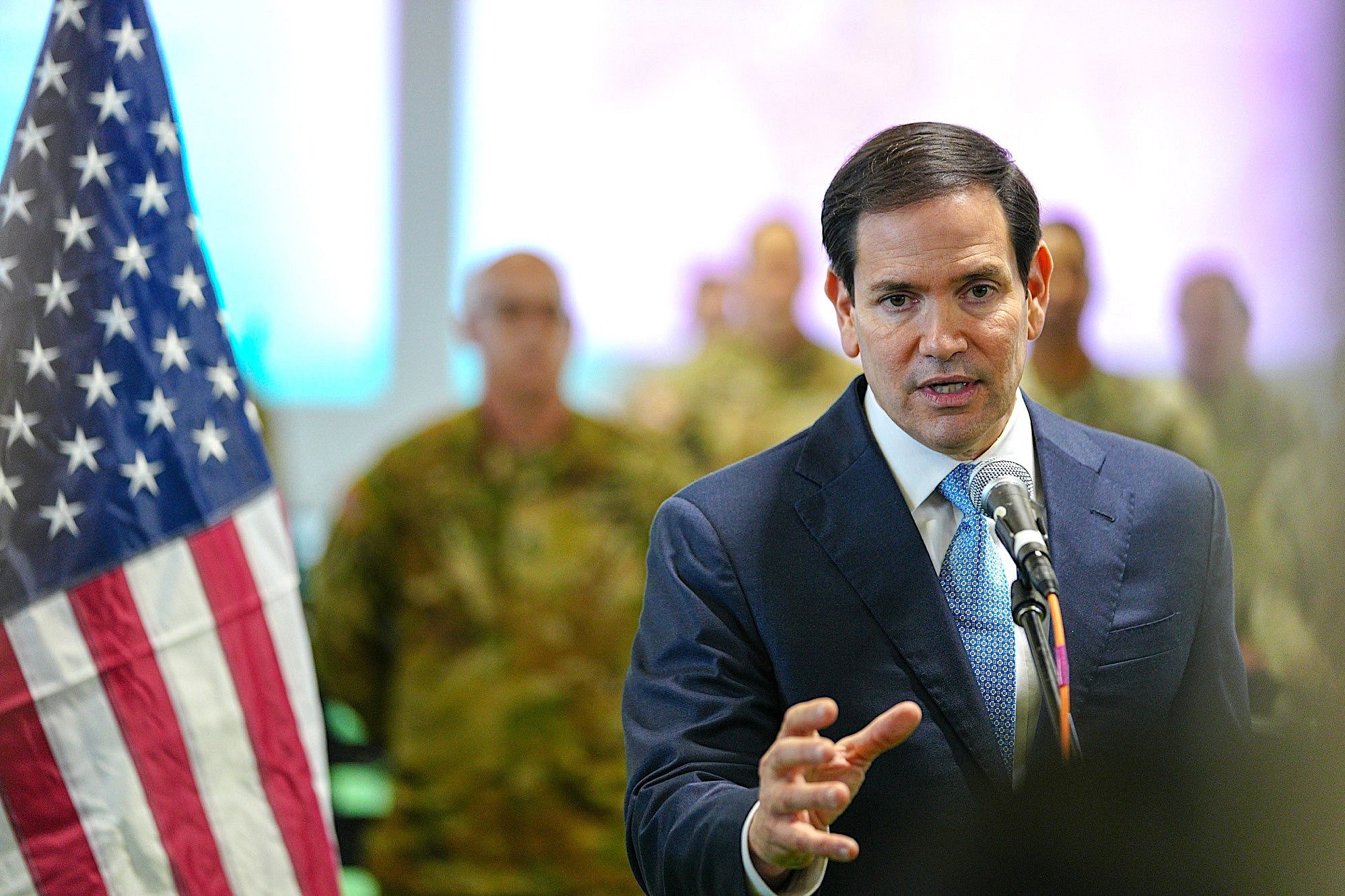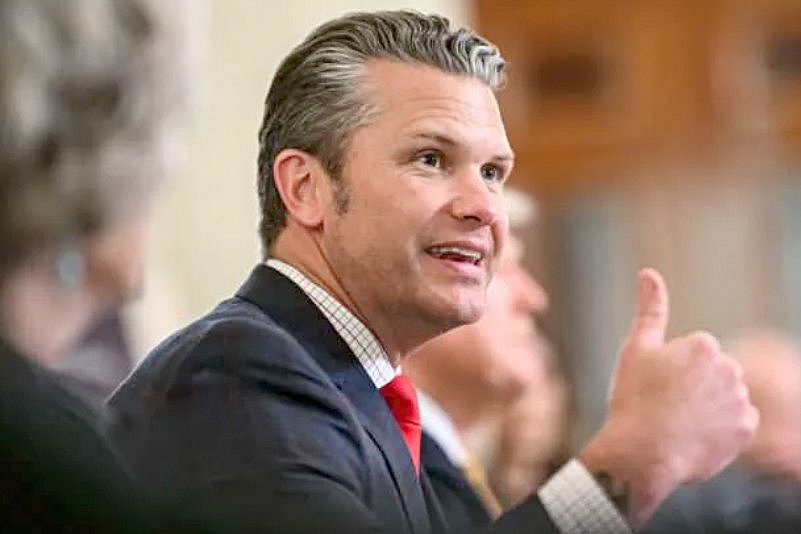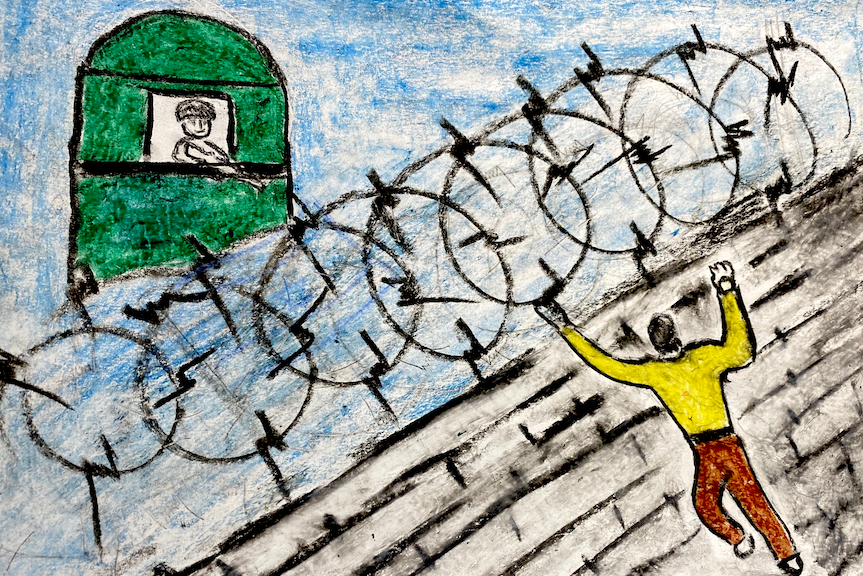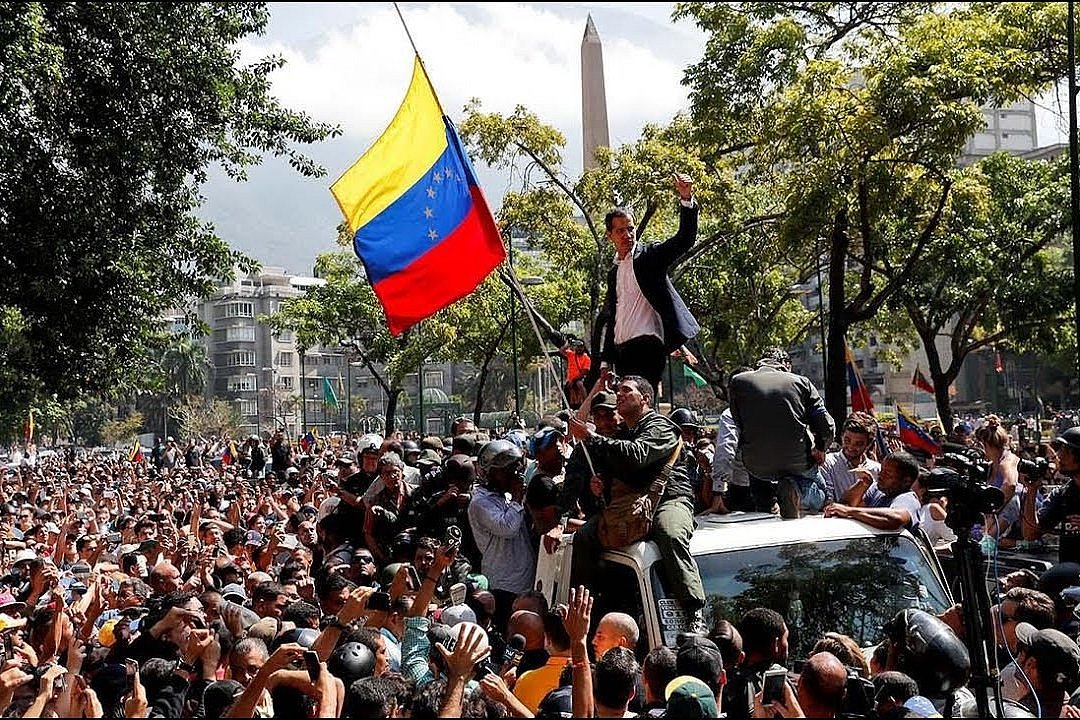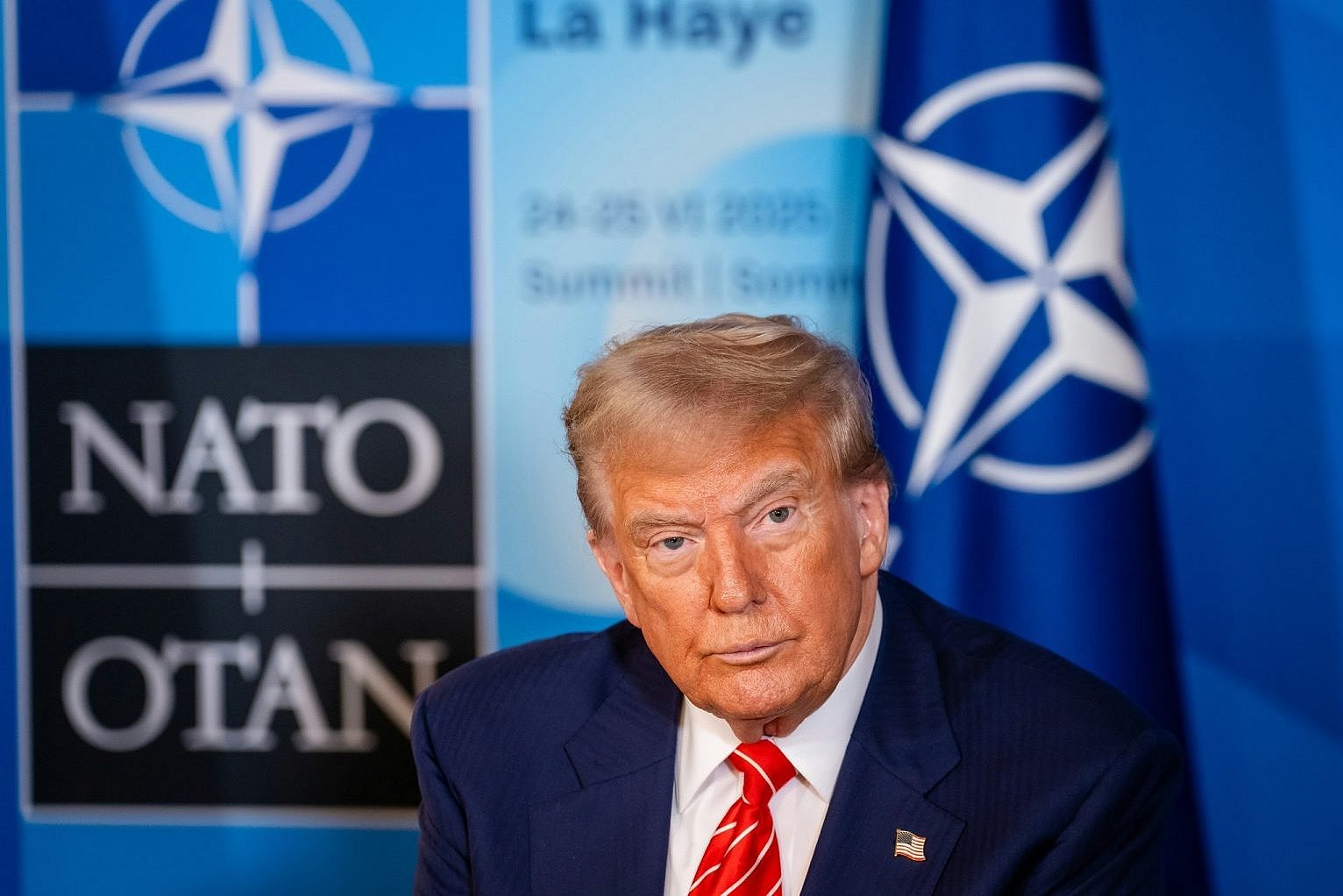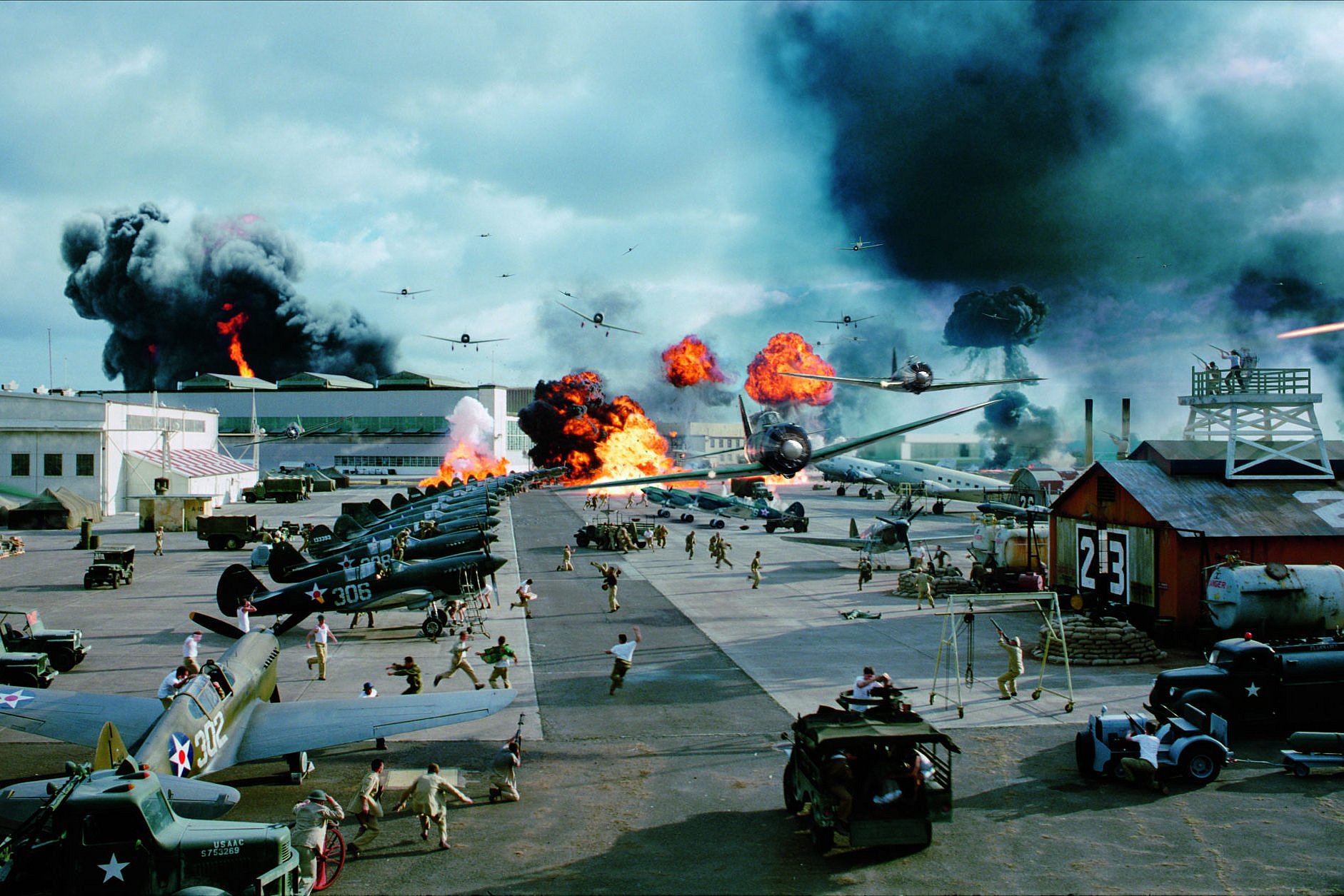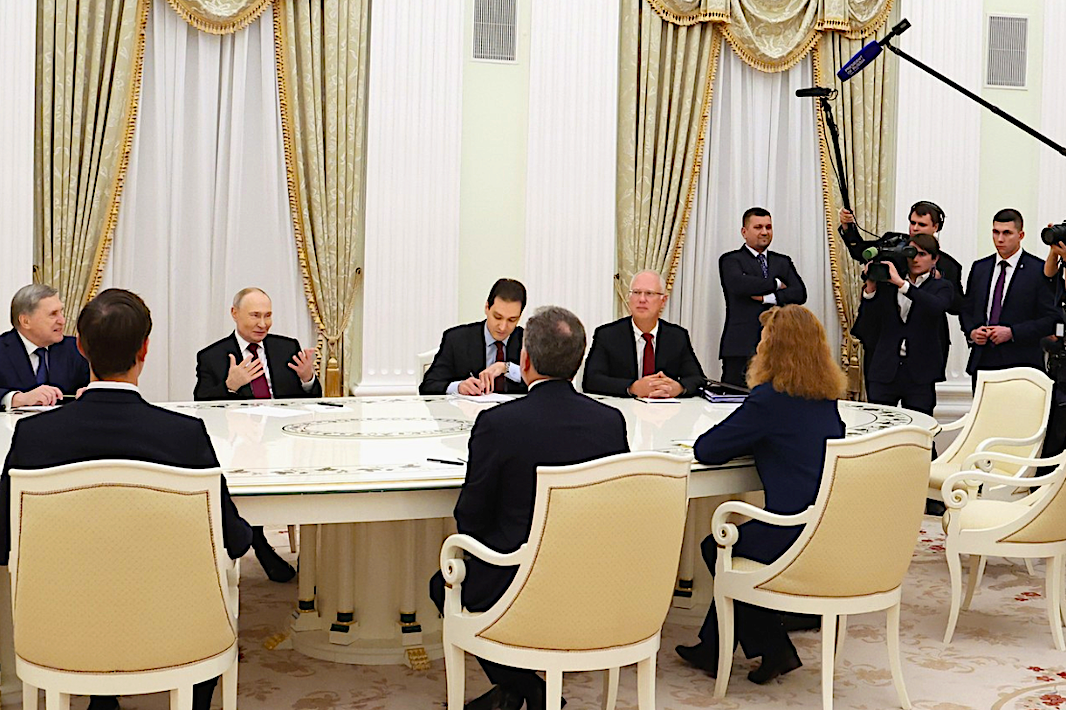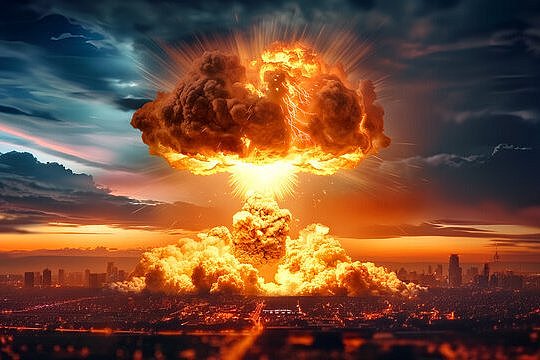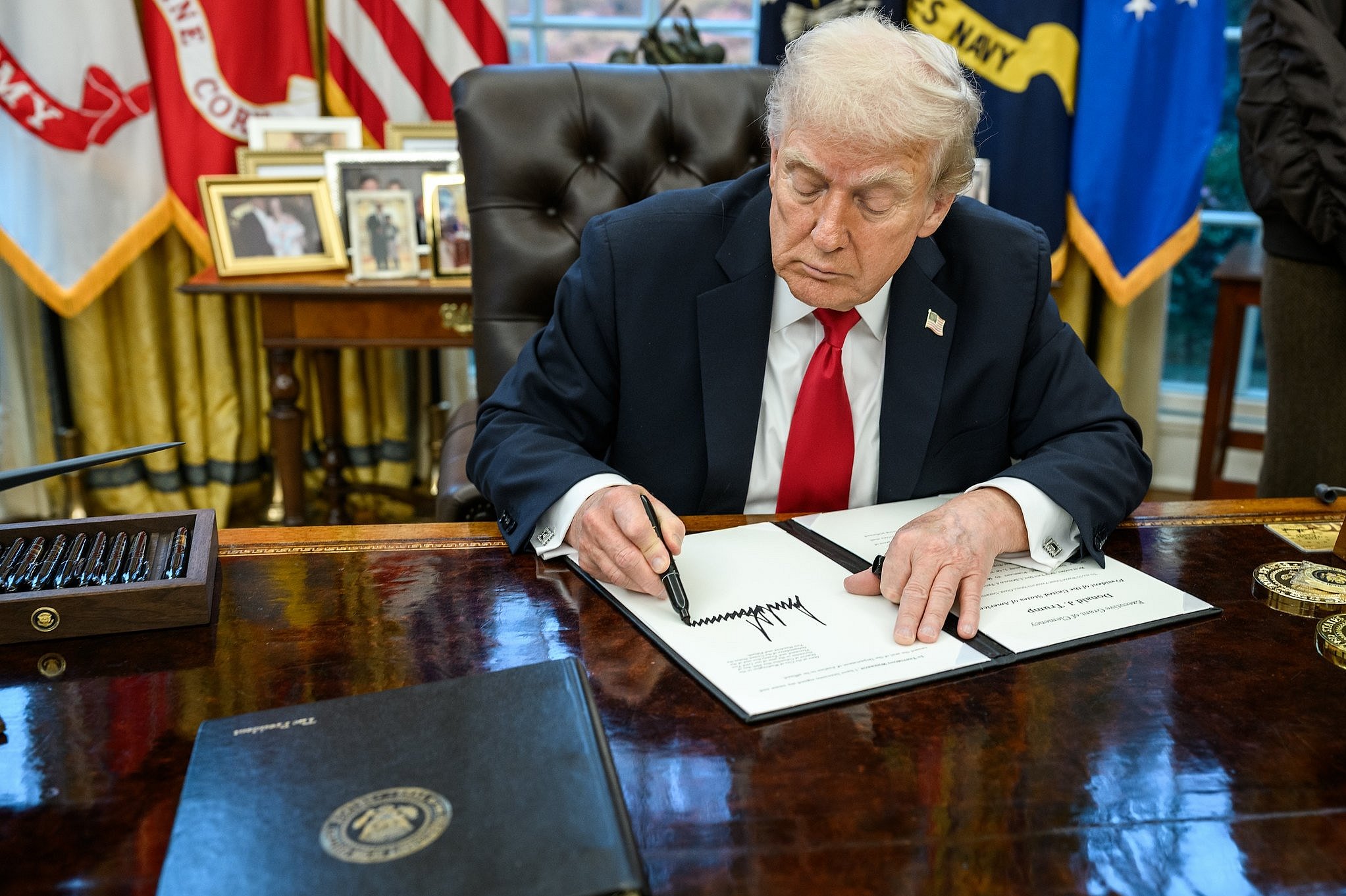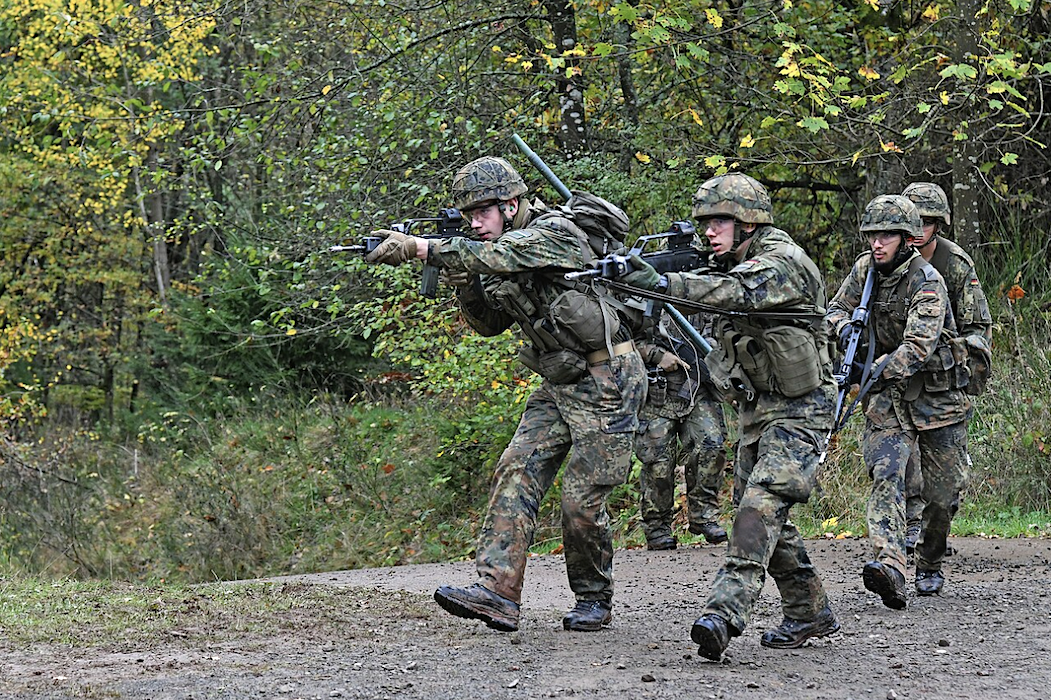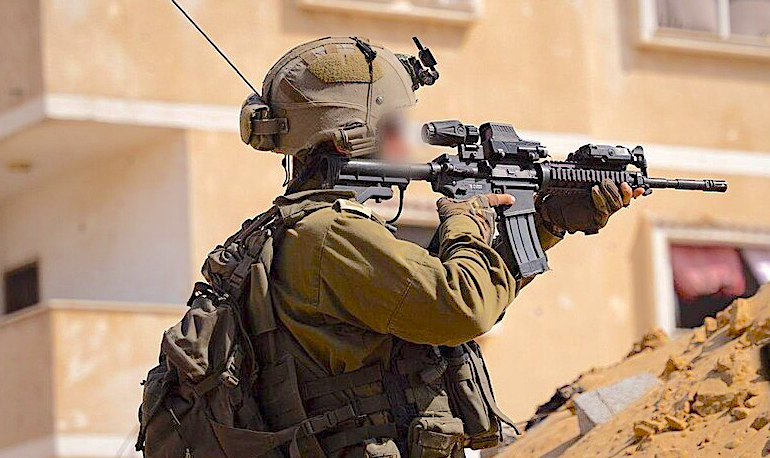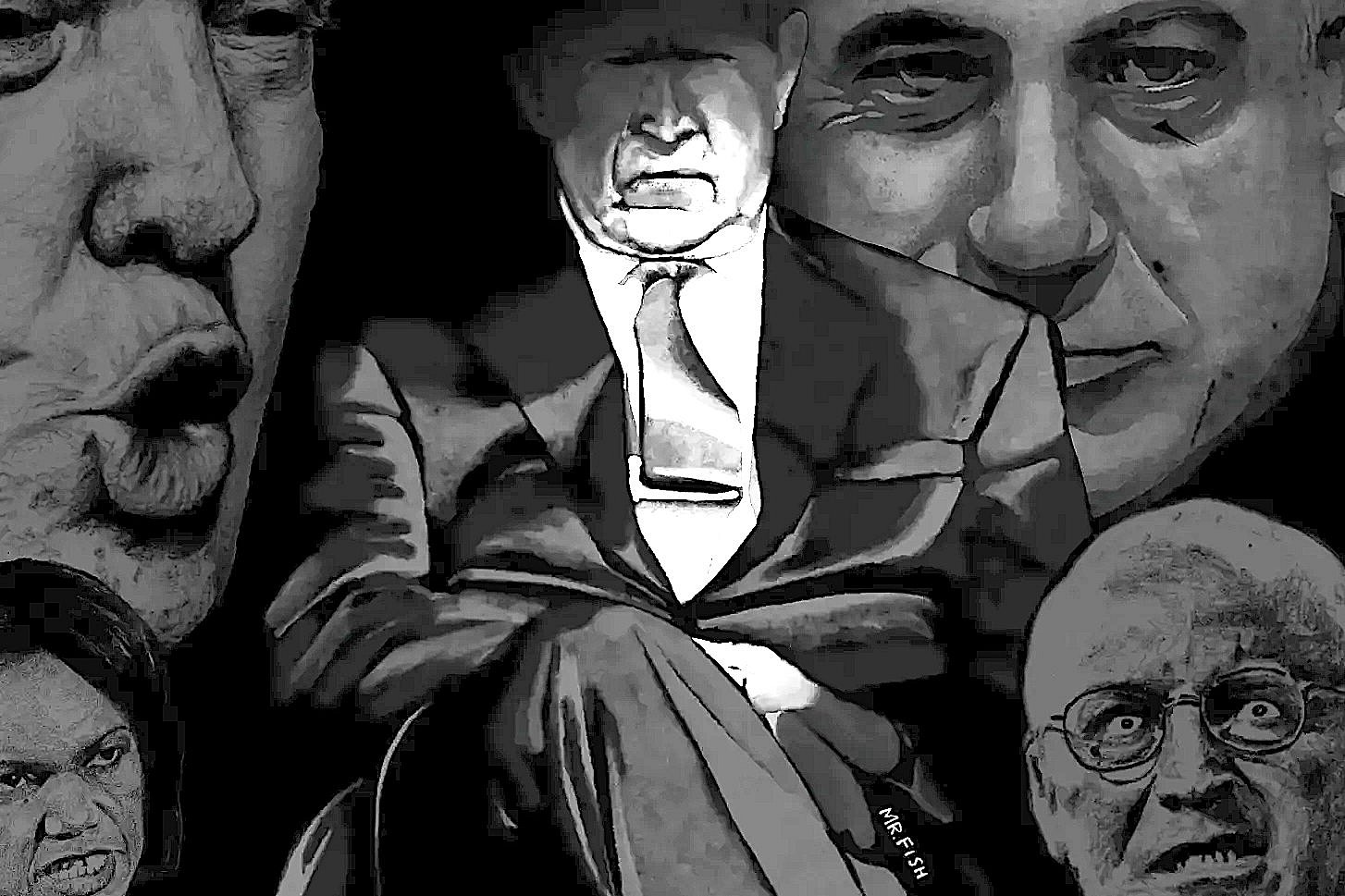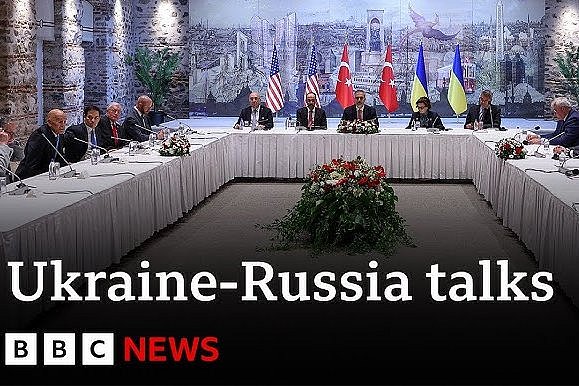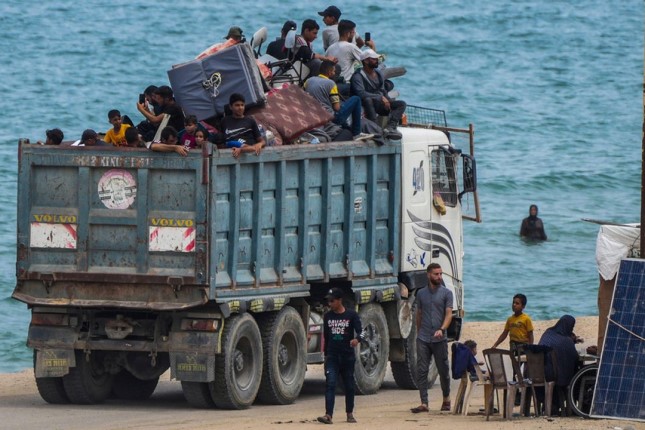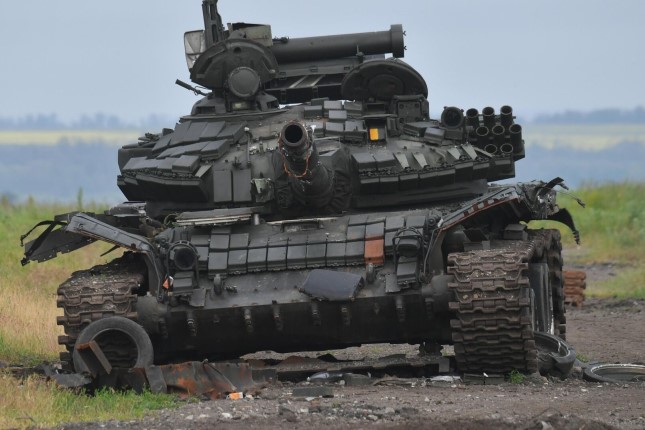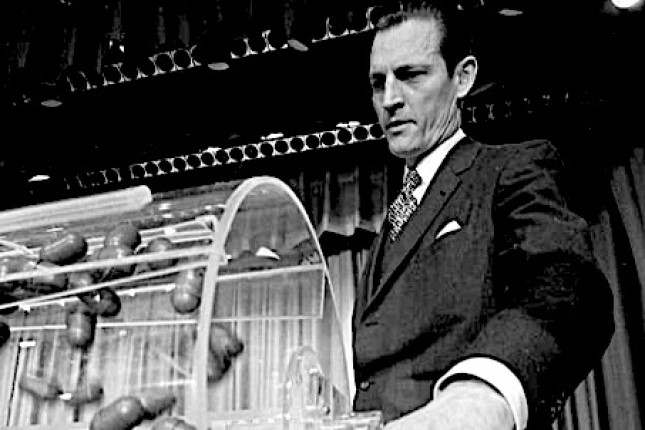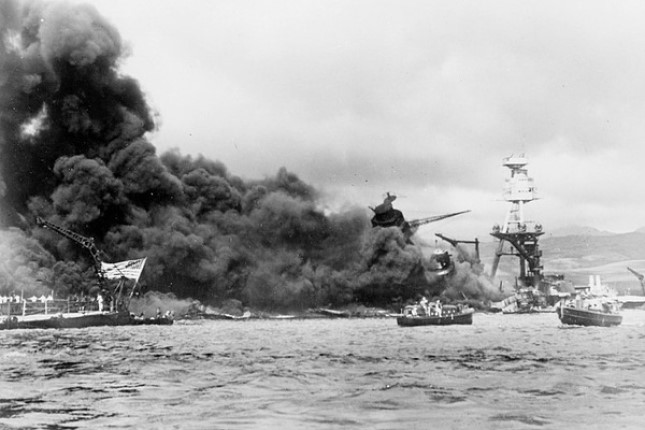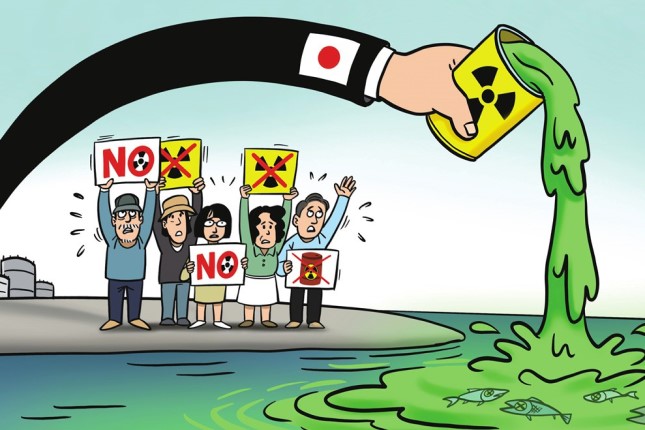How odd to look back now — now, as Washington’s proxy war in Ukraine ends in ignominious defeat—and think of that cornucopia of propaganda spilling out of what I called during the early months Washington’s “bubble of pretend.” Take a few minutes to remember with me.
There was the “Ghost of Kyiv,” an heroic MiG–29 pilot credited with downing six, count ’em, six Russian fighters in a single night, Feb. 24, 2022, two days after the Russian intervention began. The Ghost turned out to be a fantasy confected out of a popular video game.
So crude, the early Ukrainian propaganda, so rank.
And then, shortly to follow, we had the heroes of Snake Island, 13 Ukrainian troops who — trumpets and drums here — defended a Black Sea islet to the death. It turned out this unit had surrendered, and the posthumous medals of honor President Volodymyr Zelensky awarded them with great flourish were neither posthumous nor deserved.
This corny nonsense, slathered on as thick as frosting on a wedding cake, went on and on such that The New York Times could no longer pretend it didn’t exist. I do not care for journalists who indulge in self-reference, but allow me these sentences from a piece published a couple of months into the conflict:
“After railing against disinformation for years, the Times wants us to know, disinformation is O.K. in Ukraine because the Ukrainians are our side and they are simply ‘boosting morale.’
We cannot say we weren’t warned. The Ghost of Kiev and Snake Island turn out now to be mere prelude, opening acts in the most extensive propaganda operation of the many I can recall.”
Prelude, indeed — prelude to a war so malignly reported it was soon impossible for readers and viewers in the Western post-democracies to see it (which was, after all, precisely the point).
And prelude, let’s be careful to note, to the probably fatal collapse of foreign correspondence among Western media, the Times and the BBC well in the lead in my estimation, but with many pilot fish swimming beside them.
By the end of that first year of the war — last reference to columns past here — I reckoned there were two versions of the Ukraine conflict: There was the war suspended in an opaque solution of cloudy rhetoric and the war taking place in reality.
And now, as we come out the far end of this debacle, the delusions and illusions remain just as they have been throughout. The U.S. and its puppet regime in Kiev have decisively lost the war they provoked but no, there is no speaking of a defeat.
There is no calling the victor in this conflict the victor and certainly no accepting that victory — the real world intrudes here — gives the victor the upper hand in setting the terms of a settlement. As to these terms as Moscow repeatedly articulates them, if you study them they are thoroughly reasonable and to the benefit of both sides but must never be spoken of as such. If they are Moscow’s terms — the golden rule — they cannot by definition be reasonable.
Most of all, there is no acknowledging the cynical sacrifice of Ukrainian lives somewhere in six figures in a cause that has had nothing to do with their well-being and certainly nothing to do with the democratization of their country.
And most, most, most of all, there cannot be and must not be any lessons learned from this wasteful disaster. The imperative is to go on to the next one.
The Ordering of Obfuscations
The mis– and disinformation soon got heavier-going after those first months of outright silliness, and, so far as I could make out, this was when the propaganda pros in Washington and London took over from those amateurs in Kiev.
The “Russian massacre” in Bucha over the last couple of days of that first March was not at the hands of Russians — persuasive evidence of this — but the never-happened brutality of retreating Russian soldiers is now fixed in the official record and the collective memory of those who still allow mainstream media to mesmerize them. [A U.N. report was ambiguous about who was responsible for the Bucha killings but blamed Russia for executing civilians in the Kiev region.]
Among my favorites in this line occurred later in 2022, when the Armed Forces of Ukraine was shelling the Russian-held Zaporizhzhia nuclear plant on the east side of the Dnieper River.
But because the A.F.U., the good guys, could not possibly be reported as indulging in so reckless an act, it had to be — straight across Western media, this— that the Russians were risking a nuclear meltdown by bombarding the plant they guarded and occupied and within which there were Russian detachments and a lot of Russian matériel.
Let us be clear as to what lies behind all this chicanery. Before all the obfuscation of the progress of the war in Russia’s favor these past three years there was the obfuscation of its causes.
I am so weary of the word “unprovoked” in accounts of this conflict I could… I could write a column about it. Ditto the notion that it began in February 2022 and not in the same month eight years earlier, when the U.S.–cultivated coup in Kiev set off the regime’s daily attacks on its own people in the eastern, Russian-speaking provinces, causing of the order of 15,000 casualties.
At issue here are questions of history, causality, agency and responsibility. The U.S. and its clients in Kiev and the European capitals have erased the first and denied the latter three.
The reason Westerners have not been given a clear view of the war is that they must not develop an understanding of why it began. Start to finish and no exceptions, the good guys must always be the good guys and the bad guys always the bad.
How’s that for the Western powers’ idea of high-end statecraft in the 21st century? Shall we call it un–Realpolitik?
Undercutting Peace Talks
Recent rounds of talks notwithstanding, in my read this purposely constructed distance from reality is likely to make an enduring settlement — at the mahogany table, not on the battlefield — difficult and perhaps impossible. This stands to doom the lives of who knows how many more Ukrainian and Russian men and women.
Russia’s conditions — chief among these a new security framework in Europe, de–Nazification and a guarantee that Ukraine will not join NATO — are deserving of negotiation, as I have already suggested. But, the bubble of pretend having never burst, any suggestion of this in Washington or anywhere else in the West is marked down as “echoing Putin’s talking points.”
It is infra-dig, no other term for it.
We find in consequence various new delusions abroad in the West. Volodymyr Zelensky, understood at last as the punk of the piece, carries on as if Kiev, the loser, has the power to set the terms of settlement talks with the victor.
The Europeans, having supported Ukraine for years and now promising to continue this support, are working on a “peace plan” whereby they would change uniforms, so to say, and require Russia to accept them as keepers of the peace on Ukrainian soil.
As we watch the Atlantic powers twist themselves into pretzels to avoid any admission of defeat in Ukraine, I look to the larger significance of this conflict. Boiling the matter down, this is a confrontation between the West and non–West. At bottom — and I missed this for a time — it is a major front in the war the reigning order, the disorder with which we live, wages to resist the new world order swiftly enough coming into being.
To make this point in specific terms, a new security architecture between the Russian Federation and its European neighbors would mark an historically significant turn toward parity between the West and non–West. And it is parity that the Western powers resist most vigorously — never mind it will prove of benefit to all of humanity when it is finally achieved.
The Times of London ran a thought-provoking piece in last Sunday’s editions about an 83–year-old veteran of the Vietnam war named Stuart Herrington. He served as an army intelligence officer in the final years of the war and recalled for a Times interviewer the days before the Viet Cong closed in on what was then Saigon.
Vividly and painfully, Herrington remembers those fateful last days in April of 1975, when the last Americans evacuated from the rooftop of the U.S. embassy. He had assured passage out to all the Vietnamese who had collaborated with the Americans, only to sneak out on a staircase to the roof and leave them behind in the final hours.
It was the broken promise that caused me to reflect on the then-and-now of the piece. The broken promise, the abandonment of those who supported the American cause, the implicit reality that the war was not waged for the Vietnamese but for some larger ideological cause that had nothing to do with them: Herrington seems to be no peacenik in his advancing years, but these were the sources of his enduring regret.
We have learned nothing from those days, he remarked as he considered, 50 years on, the Ukraine war. “Here we go again,” he remarked as the interview ended.
Source: Consortium News.
